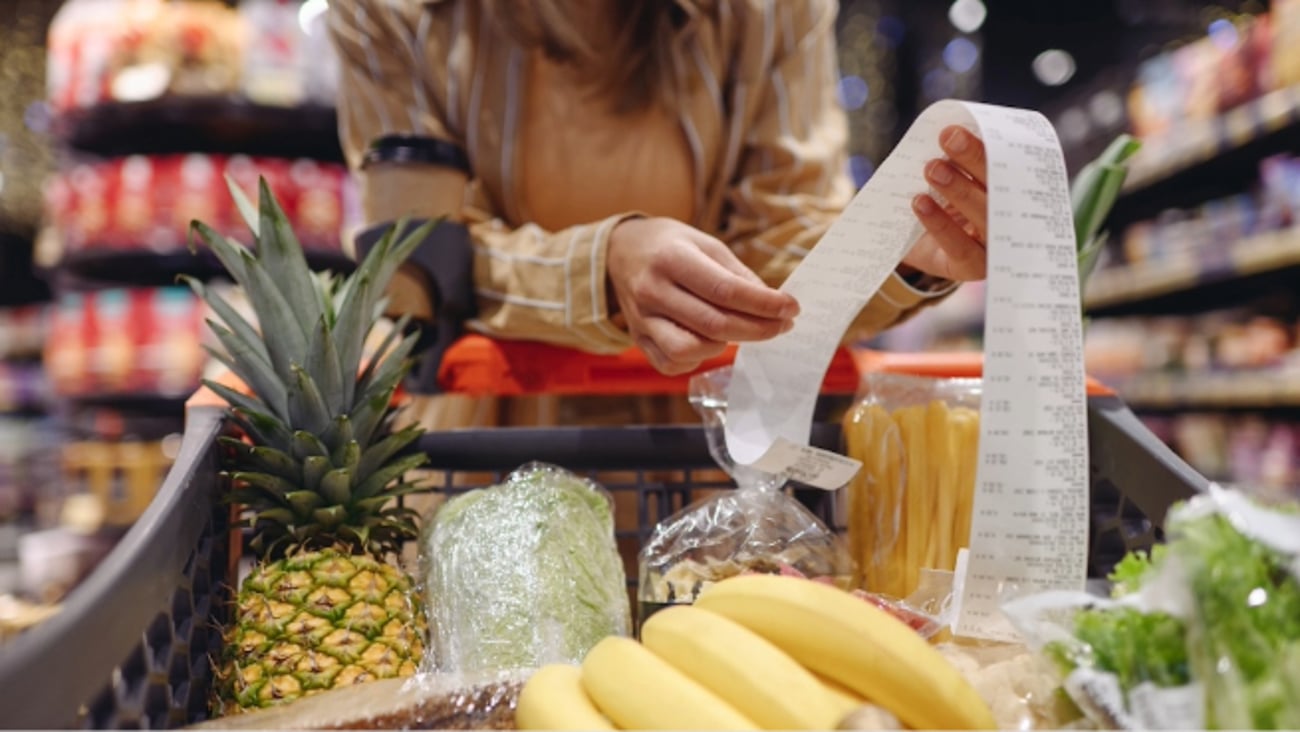Rescuing food from landfill is going mainstream
Many say the term food waste shouldn't be used, and there is some truth to that. Food is a precious thing and is always of value to someone, somewhere. Associating food with the term “waste” can only imply that food can become worthless. We can compost it, use it to produce biofuels and, of course, we can repurpose it and rescue it. It’s not really wasted. With food prices on the rise, the entire supply chain is now empowering consumers to rescue food. Yes, rescue food.
Grocers are no longer putting discounted food products that are about to expire on a rack in an obscure spot in the store. In fact, it is common to see discounted food products displayed prominently in a busy section of the grocery store. These discounts can be substantial, ranging from 25% to 50% in some cases. Many have noticed the “enjoy tonight” deals are becoming more common, especially at the meat counter.
While grocers can reduce food spoilage, consumers are given an opportunity to “rescue” food from landfill. According to a recent survey by the Agri-Food Analytics Lab at Dalhousie University, in partnership with Caddle, a total of 39.6% of Canadians are purchasing discounted products – with expiry or best before dates within a few days of purchase – more often than in 2020. A total of 26.9% of Canadians are buying products with the “enjoy tonight” label more often than in 2020.
The “pay what you feel” movement is also taking off. The Food Stash Foundation, a Vancouver-based charity, recently launched the Rescued Food Market at Olympic Village. The group rescues 70,000 pounds of food per month, which would otherwise go to landfills. The Rescued Food Market stocks perishable foods including produce, meat, cheese, milk and eggs sourced from grocery stores, wholesalers and farms. It’s all about repurposing and reducing spoilage. We’re expecting more of these types of stores to open in the months to come.
Customers can also turn to apps such as Flashfood and FoodHero to find local deals. Some discounts can be as high as 50%. These apps provide consumers with substantial bargains, while helping the environment, if they're willing to compromise on freshness, of course.
Food rescuing is far from new. Second Harvest, the largest food rescue program in the country, has been at this for 36 years. It redistributes enough food to make more than 60,000 meals per day. The issues of food waste and food rescuing have since attracted attention for both environmental and food security reasons. Indeed, Second Harvest’s greatest achievement has been to create competition for itself, getting more people involved in valuing all the food we have, while eliminating the stigma of food waste.
More than 35.5 million tons of perfectly good food are thrown out each year in Canada. The thought of all the work and resources invested in producing this food, only to be thrown away, is causing consumers to change their food choices. Consumers are responsible for 48% of all the food wasted, more food than farmers, processors and grocers. It’s only fitting to see consumers as the best potential food rescuers. Instead of hoarding food, consumers should be thinking about doing the complete opposite. Buying food as they need it will certainly save customers money and rescue more food. Our food budgets have been challenged of late and food is only getting more expensive, unless you seek out rescuing opportunities.




